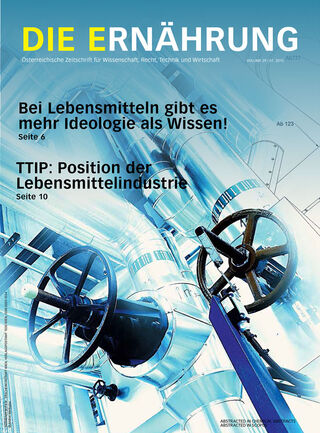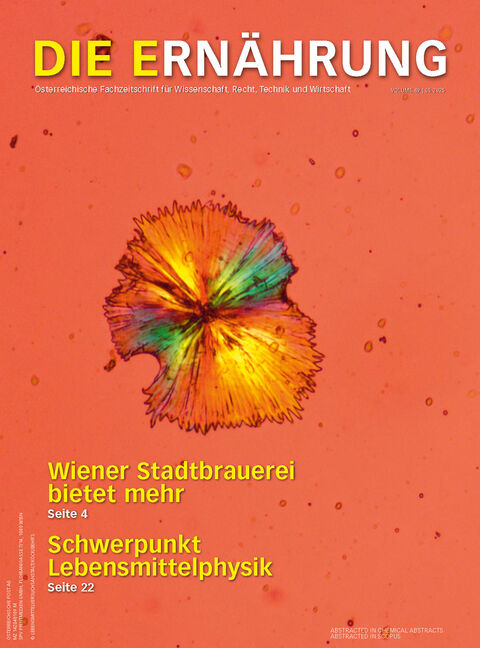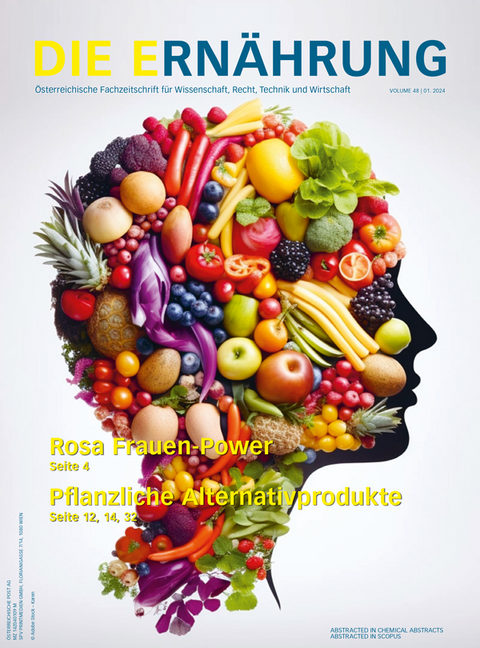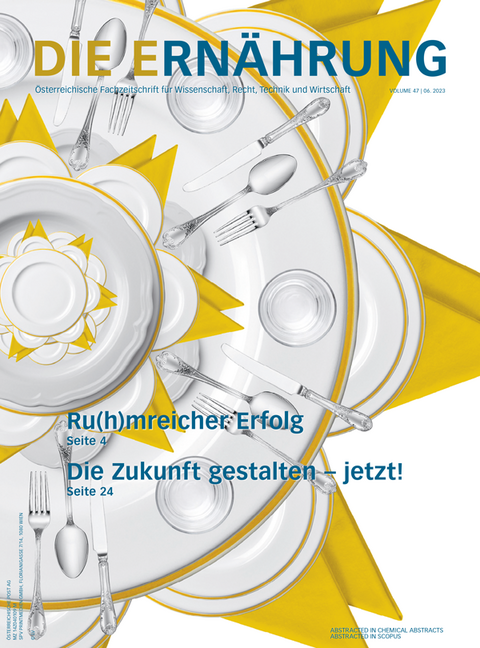Unser tägliches Koffein gib uns heute
Zum vollständigen Artikel
Position zum Gutachtenentwurf der EFSA.
Ergänzende Literaturangaben:
1 Verordnung (EG) Nr. 1924/2006 des Europäischen Parlaments und des Rates vom 20. Dezember 2006 über nährwert- und gesundheitsbezogene Angaben über Lebensmittel
2 EFSA Panel on Dietetic Products, Nutrition and Allergies (NDA); Scientific Opinion on the substantiation of health claims related to caffeine and increase in physical performance during short-term high-intensity exercise (ID 737, 1486, 1489), increase in endurance performance (ID 737, 1486), increase in endurance capacity (ID 1488) and reduction in the rated perceived exertion/effort during exercise (ID 1488, 1490) pursuant to Article 13(1) of Regulation (EC) No 1924/2006. EFSA Journal 2011;9(4):2053. [24 pp.].
3 EFSA Panel on Dietetic Products, Nutrition and Allergies (NDA); Scientific Opinion on the substantiation of health claims related to caffeine and increased fat oxidation leading to a reduction in body fat mass (ID 735, 1484), increased energy expenditure leading to a reduction in body weight (ID 1487), increased alertness (ID 736, 1101, 1187, 1485, 1491, 2063, 2103) and increased attention (ID 736, 1485, 1491, 2375) pursuant to Article 13(1) of Regulation (EC) No 1924/2006. EFSA Journal 2011; 9(4):2054. [29 pp.].
4 KOM Ref.Ares(2013)127764 - 01/02/2013
5 EFSA ref. CGL/PB/VC/WG/cl (2013) out-7159495
6 EFSA-Q-2013-00220
7 KOM Ref.Ares(2013)518436 - 27/03/2013
8 EFSA Auftrag RC/EFSA/NUTRI/2013/01
9 EFSA-Q-2013-00419
10 Bull S. et al., 2015. Extensive literature search as preparatory work for the safety assessment for caffeine. EFSA supporting publication 2015:EN-561, 98 pp.
11 http://www.efsa.europa.eu/en/consultations/call/150115.pdf
12 http://registerofquestions.efsa.europa.eu/roqFrontend/consultation/doc/43
13 http://www.efsa.europa.eu/en/events/event/150305.htm
14 mg/kg KG = Milligramm pro Kilogramm Körpergewicht
15 Health Canada, 2010: http://www.hc-sc.gc.ca/hl-vs./alt_formats/pdf/iyh-vs.v/food-aliment/caffeine-eng.pdf, US FDA letter to Senator Richard J. Durbin, August 10, 2012
16 Health Canada, 2010: http://www.hc-sc.gc.ca/hl-vs./alt_formats/pdf/iyh-vs.v/food-aliment/caffeine-eng.pdf, US FDA letter to Senator Richard J. Durbin, August 10, 2012
17 Kiefer et al., Erster Österreichischer Adipositasbericht 2006, Institut für Sozialmedizin, Zentrum für Public Health, Medizinische Universität Wien, Österreichische Adipositasgesellschaft
18 EFSA, 2009. Scientific Opinion of the Panel on Food Additives and Nutrient Sources added to Food (ANS) on a request from the European Commission on the use of taurine and D-glucurono-γ-lactone as constituents of the so-called "energy" drinks. The EFSA Journal 2009, 935, 1-31
19 Zucconi S, Volpato C, Adinolfi F, Gandini E, Gentile E, Loi A and Fioriti L, 2013. "Gathering 3583 consumption data on specific consumer groups of energy drinks". Supporting Publications. 190 pp.
20 Verordnung (EU) Nr. 1169/2011 des Europäischen Parlaments und des Rates vom 25. Oktober 2011 betreffend die Information der Verbraucher über Lebensmittel
21 Verordnung (EG) Nr. 178/2002 des Europäischen Parlaments und des Rates vom 28. Januar 2002 zur Festlegung der allgemeinen Grundsätze und Anforderungen des Lebensmittelrechts, zur Errichtung der Europäischen Behörde für Lebensmittelsicherheit und zur Festlegung von Verfahren zur Lebensmittelsicherheit
22 Rudolph-König E, Färber A, König J. Caffeine intake from all sources in adolescents and young adults. European Journal of Clinical Nutrition. 2014;68(9):793-798
23 Siehe z.B. UNESDA Code for the Labelling and Marketing of Energy Drinks oder EDE Code of Practice for the Marketing and Labelling of Energy Drinks















